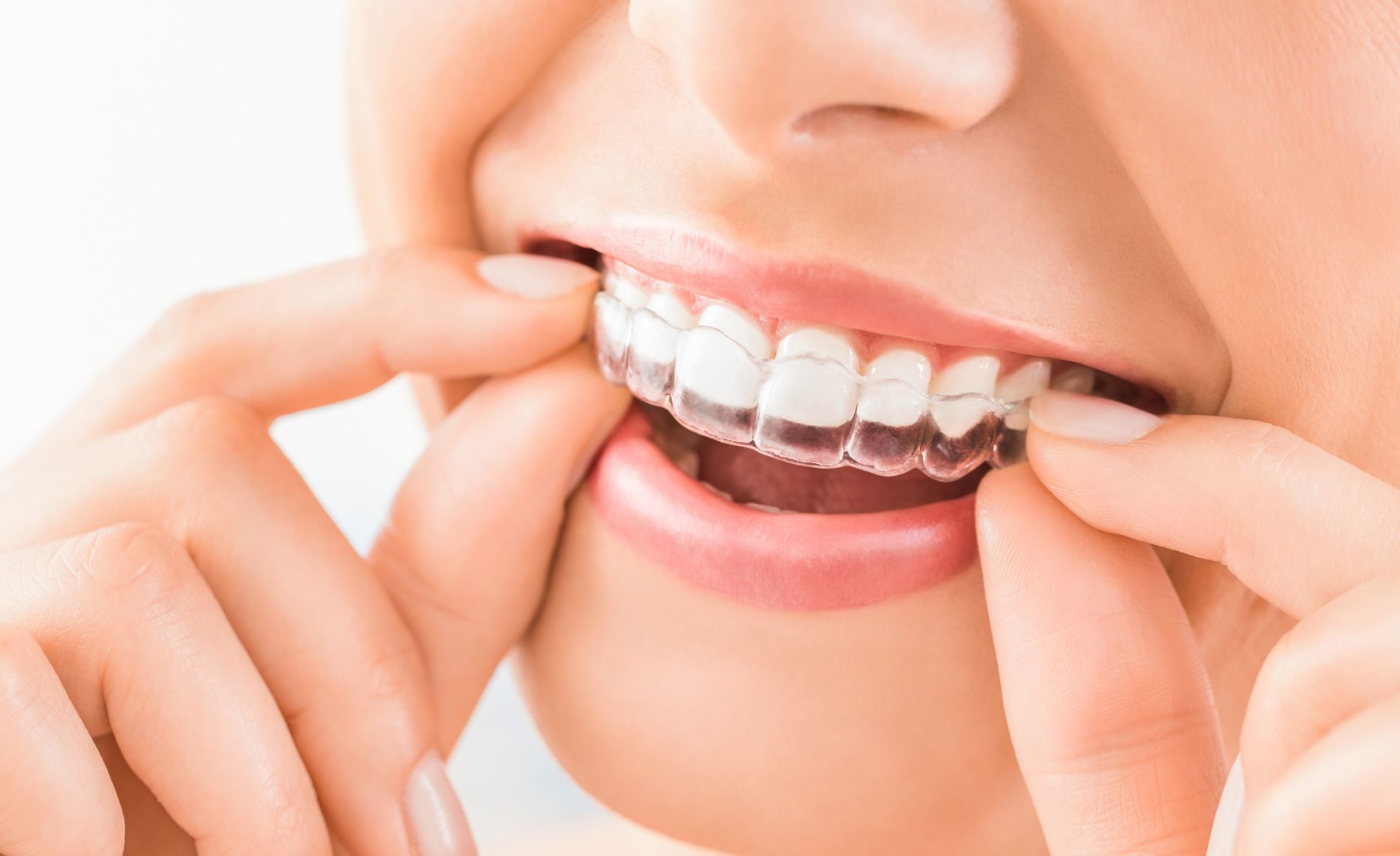A particular style of thin, transparent aligner used in orthodontic treatment goes by the brand name Invisalign. SmartTrack is a flexible thermoplastic polymer used to make the aligner.
According to the American Association of Orthodontists, this device is intended to make orthodontic treatment "less visible" as the name implies.
Even though Invisalign aligners are clear, they fit over your teeth firmly and are considerably less obvious than the brackets and wires of conventional braces.
Both the more modern Invisalign braces and the more conventional braces are made to realign your teeth for a straighter smile and greater dental health. While orthodontists and dentists have long utilized traditional braces, Invisalign is a more recent idea that aims to better serve today's population. Like any other form of treatment, Invisalign offers advantages and disadvantages, but the patient must weigh them.
Which dental conditions can Invisalign treat?
Crowding and spacing difficulties, as well as some mild and moderate biting issues, can all be treated with Invisalign.
According to the website for Invisalign, it can be used to address the following dental conditions:
Various overbite, underbite, and crossbite problems
crowded teeth
open bite
Research on the subject is currently few, however some problems may respond better to Invisalign than others.
For instance, according to a 2017 studyTrusted Source, transparent aligners may be beneficial in realigning a person's arches but may not be as effective in treating more serious biting issues.
What are the implications of wearing Invisalign?
The process begins with a visit to an orthodontist, who will take a 3-D scan of your mouth and jaw as the first step. The plan for shifting your teeth into their right position will be developed using this illustration.
Next, your orthodontist will utilize that plan to make a set of plastic aligners that are specifically made for you. Your teeth will progressively move and shift into the desired positions under the pressure of these aligners.
You may change out one set of aligners for a new set around once every two weeks, depending on your orthodontist's guidelines. In general, you must wear the aligners for 20 to 22 hours per day.
© Copyright 2022

